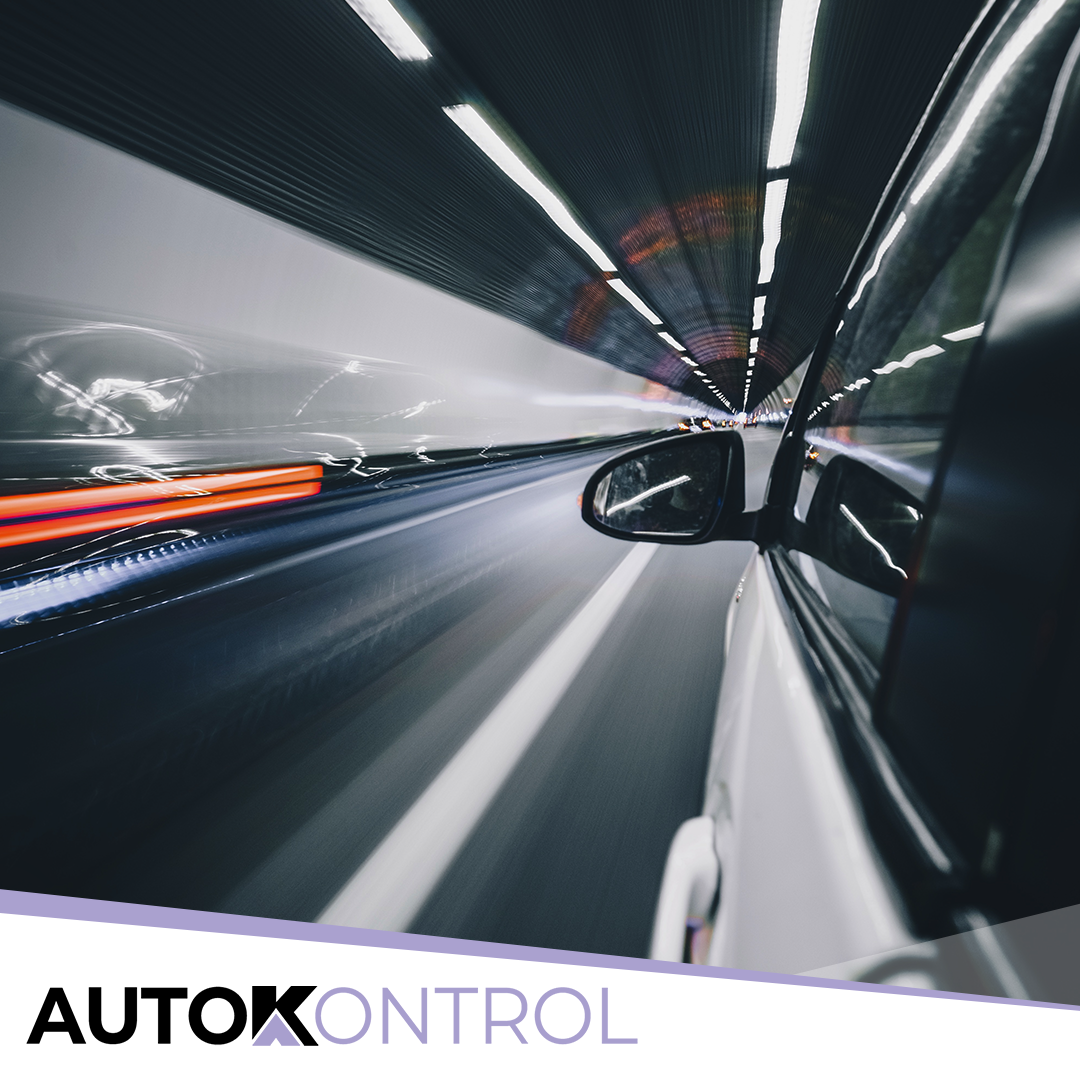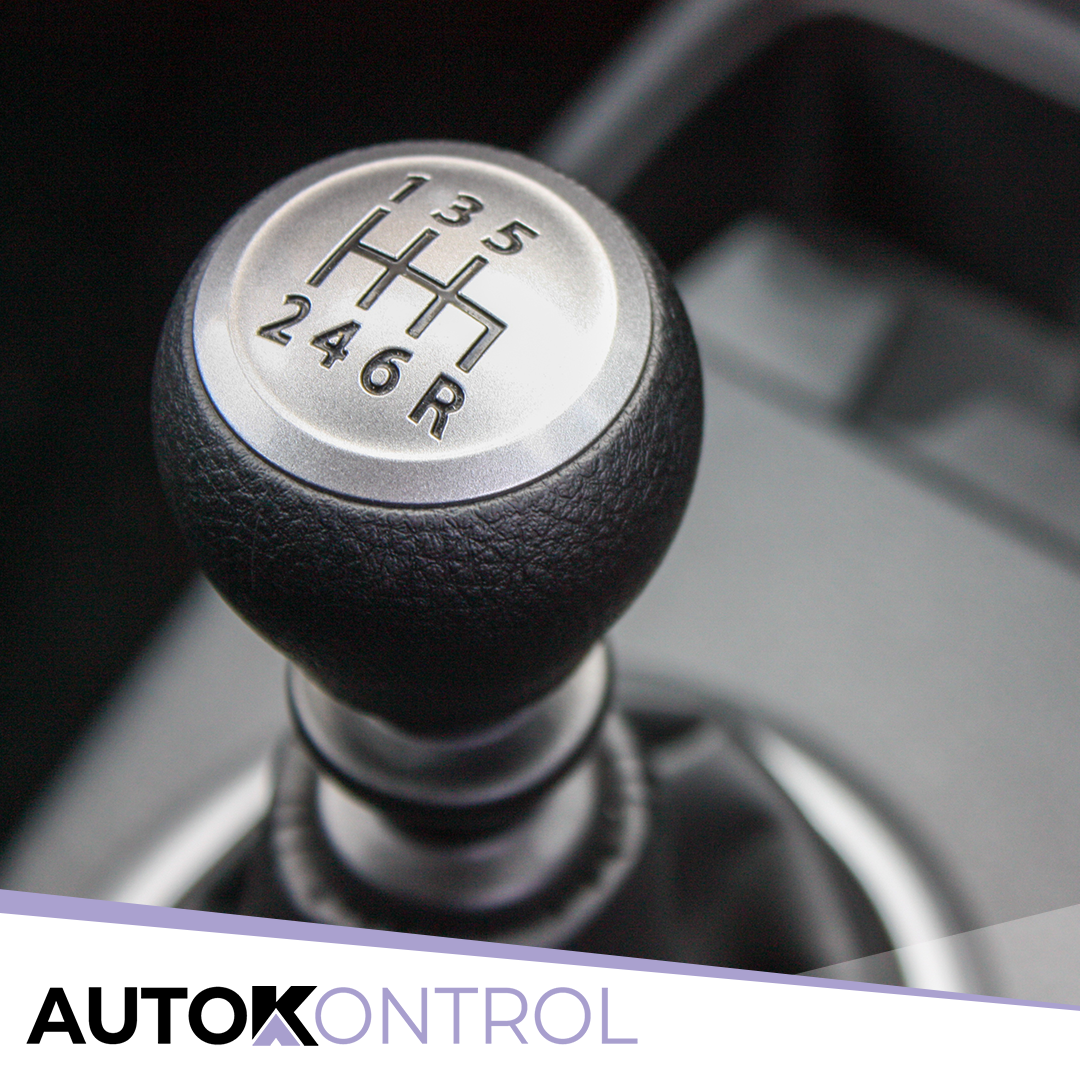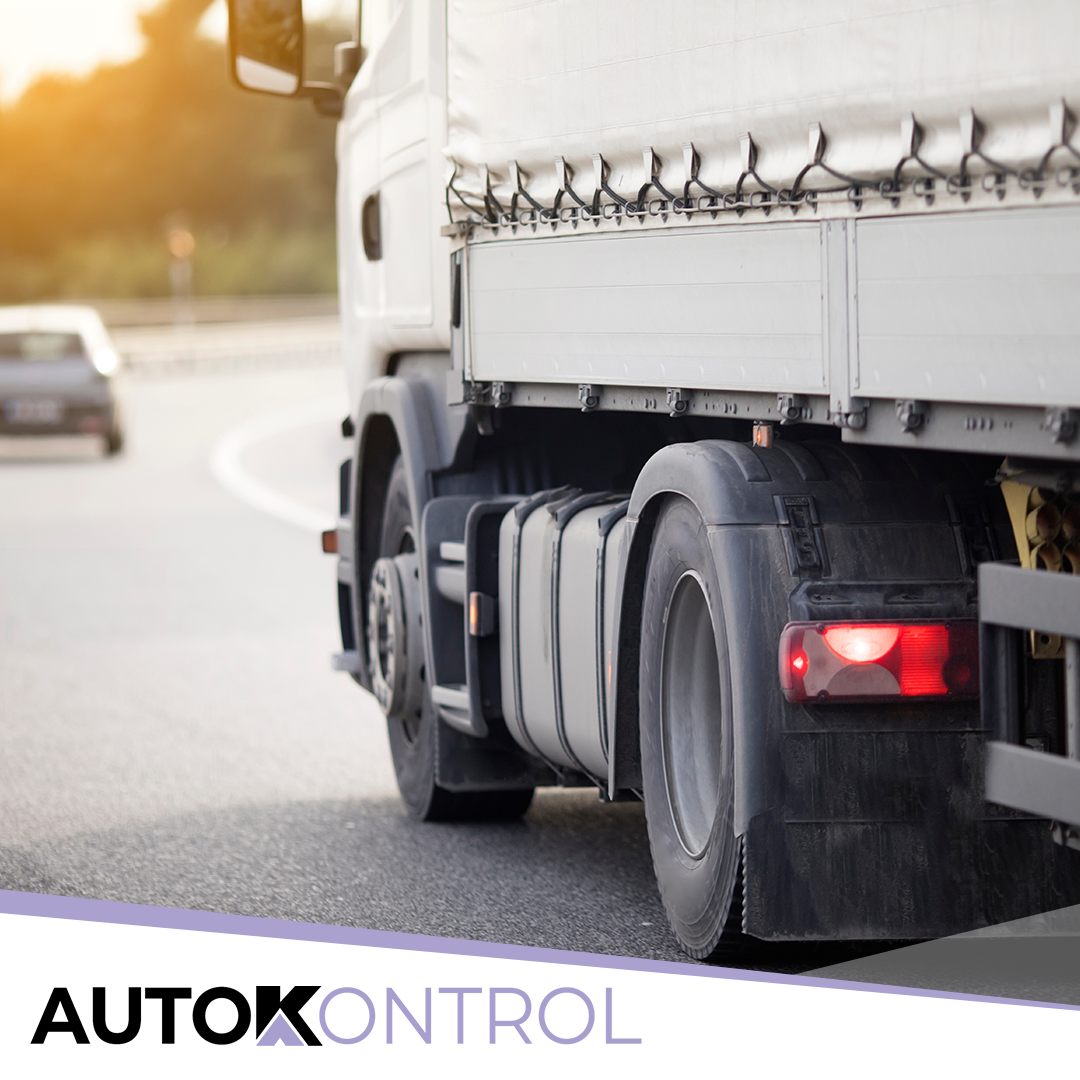SPEED CONTROL SYSTEMS WORLDWIDE
Our Products

Top Speed Limiter (DbW)
The Top Speed Limiter is designed mainly to prevent drivers exceeding the legal speed limit. Not only does this help to prevent serious accidents but is a major fuel saver, with the additional benefits of reductions in CO2 emissions.
Most vehicles are set to 70mph but our system can be set at any speed and can be easily disconnected when the vehicle needs to be sold so as not to affect it’s resale value.

Blue Light Limiter
Until now, due to the necessity of travelling at high speeds, emergency vehicles have been excluded from reaping the benefits of Speed Limiters.
It is an undisputed fact that controlling a vehicle’s top speed substantially reduces fuel consumption and maintenance costs. When you add the further benefits of large reductions in CO2 emissions and help in complying with “Duty of Care” legislation, the Blue Light Limiter becomes a “must have” option.
The way it works is simple; we install the limiter and set the top speed for normal vehicle use. Once the blue light is activated it immediately cancels the limiter, allowing unrestricted speed, so it can respond to any emergency. When the blue light is deactivated it automatically reverts to the original set speed.

Tow Speed Limiter
Stopping drivers from exceeding the National Speed Limit when towing is essential.
Most operators set the vehicle top speed at 70mph. However, once you attach a trailer of any description, the legal speed limit reduces to 60mph.
By fitting our limiter, once the trailer is attached the vehicle speed is restricted to 60mph and only reverts to 70mph upon disconnection.

GeoKontrol Limit
Low speed limits are becoming very common in areas designated as “high risk”, often because vehicles are in close proximity to pedestrians and speeding vehicles are considered to be a major contributor to accidents.
Town centres, airports, seaports, bus stations and distribution centres are prime examples and, in a time when “Duty of Care” and Health & Safety are top of most companies’ agenda, the Geo-fenced Limiter provides the answer.
The system works by pre-loading the unit with Geo-fence data which can be refined to cover any area, as small or as large as required.
As an example, a vehicle visiting a port with the perimeter plotted in the Geo unit will automatically reduce the vehicle to the required speed as soon as it passes through the entrance gates and on exiting it reverts back to the normal speed.

Reverse Speed Limiter
The significant increase in accidents being caused by vehicles being driven too fast when reversing prompted numerous requests from customers asking us to eliminate this problem.
This Limiter does exactly that, can be set at very low speeds and comes into operation once reverse gear is engaged.

Engine Rev Control
Top Speed Limiters have been used for years and have produced fuel savings where the vehicles have been used on long distance operations. Where vehicles work in urban settings, fitting an Engine Rev Control will provide a fuel saving on every journey.
An Engine Rev Control should be set at a revolution which allows maximum torque so the vehicle has pulling power but does not allow excess revs above that.

Hi Idle Unit
The High Idle Unit is designed predominantly for vehicles under 7.5 tonnes, with it’s function to hold the vehicle at the desired top revs, thus less wear and tear on moving parts.
On applying the handbrake and activating the PTO switch, the High Idle Unit uplifts the revs to the customer’s specification, normally between 1000-1400rpm. When the PTO is switched off it automatically reverts to the normal tickover.

Diff Lock
Autokontrol Limited have developed a low speed limiter for vehicles with a differential lock, at the request of customers.
When a driver enters a site which has poor ground conditions he will engage the differential lock to improve traction. This will automatically power the low speed limiter. On leaving the site, the driver should disengage the differential lock before driving on.
The low speed limiter prevents the driver from returning to a hard surface, which is damaging to transmission and tyres with the differential lock engaged, and has the additional benefit of enforcing a site speed limit.
Contact Us
